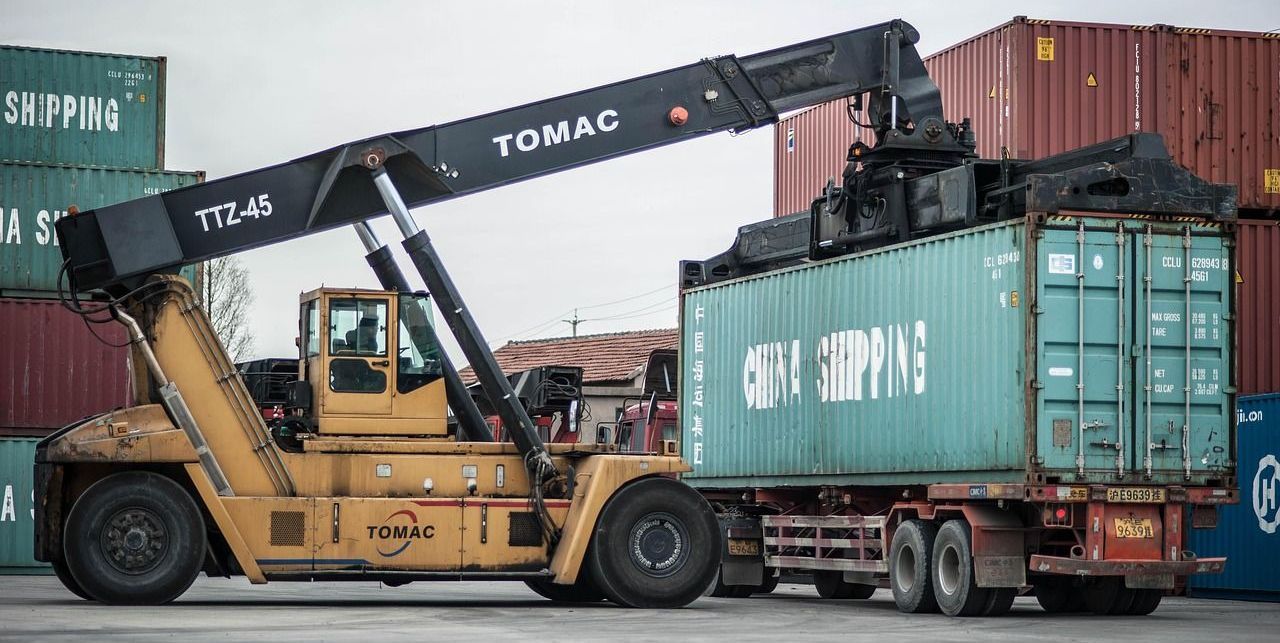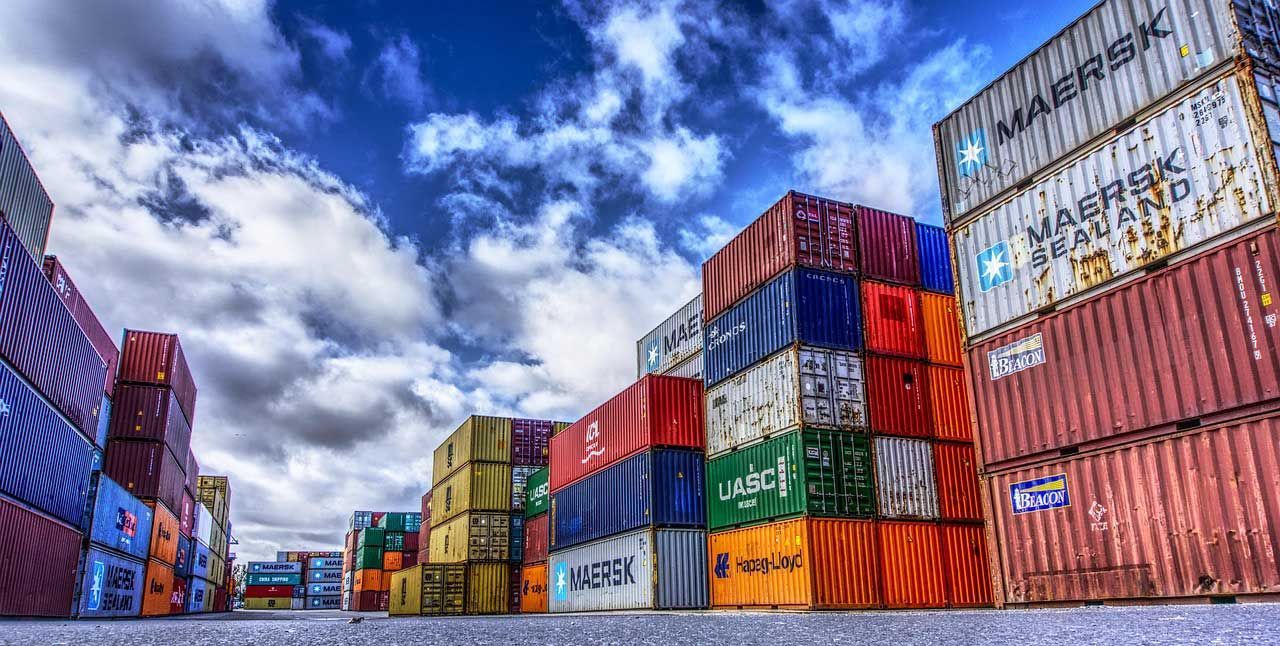Asia–US West Coast rates fell 10% to $2,119 per FEU. East Coast rates dropped 10% to $3,572 per FEU. Asia–N. Europe rates dipped 3% to $3,327 per FEU. Asia–Mediterranean prices fell 4% to $3,144 per FEU, marking eight straight weeks of declines.
The US National Retail Federation projects container imports peaked in July at 2.3 million TEU and will fall sharply by year-end. This suggests little upward pressure on ocean rates in late 2025, despite seasonal patterns that usually lift volumes in the second half.
Overcapacity is also keeping prices down. Even with Red Sea disruptions, rates remain far below last year. This reflects more vessel supply than cargo demand on many lanes.





